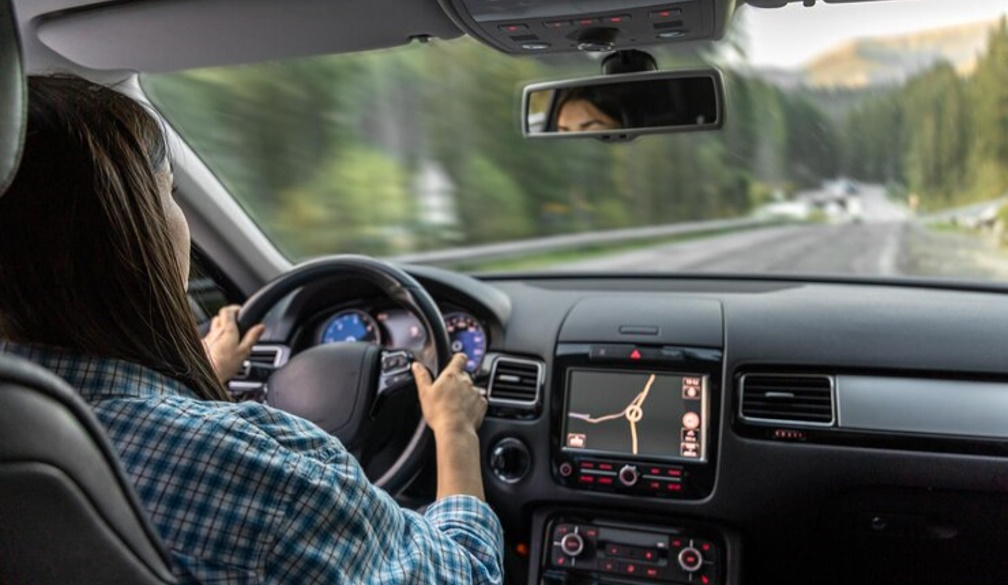PLUS ES AGL Partnership to Supercharge EV Charging Infrastructure Across NSW
First 39 of 391 NSW Government Funded Kerbside Chargers Launched in Sydney’s Inner West as Demand Grows for Convenient EV Solutions

As Australia prepares for the introduction of the National Vehicle Emissions Standards (NVES) on January 1 2025 and an expected surge in electric vehicle (EV) adoption, PLUS ES and AGL have partnered to expand New South Wales’ Public EV charging network.
39 new pole-mounted kerbside electric vehicle (EV) chargers providing free 100% green power have been launched in Sydney’s inner west today. Backed by a New South Wales Government grant, the project will eventually see 149 power pole-mounted kerbside EV chargers installed across the state.
AGL is offering free charging at all charging sites - including Birchgrove, Balmain, Lewisham, Stanmore and Newtown - until the 31st January 2025. With 30% of NSW drivers lacking access to private off-street parking, residents have increasingly resorted to risky solutions such as running extension cords over trees, across footpaths, or even through drain pipes.
This initiative eliminates those safety risks, making EV ownership simpler and more accessible.
“This partnership marks a significant milestone on the path to a cleaner, more accessible, and sustainable future for transportation,” said Rob Amphlett Lewis, Group Executive of Distributed Services at PLUS ES.
“We expect that by deploying safe, accessible, kerbside EV charging into the community will encourage those that are unable to charge at home to make their next car purchase an EV. Importantly, by using existing power poles we can do it efficiently keeping costs and community disruption to a minimum."
“We are providing the hardware allowing the customer to benefit from the products the retailer is able to offer” said Mr Amphlett Lewis.
The pole-mounted chargers will serve as a pilot for a model that could be replicated statewide, minimising community impact, requiring less dedicated EV charging parking and making more chargers available by reusing critical infrastructure, the power poles that are already safely maintained and prevalent in the public domain. AGL Chief Customer Officer Jo Egan said this project forms a key part of AGL’s commitment to helping people decarbonise the way they live, move and work.
“We know that availability of public charging can be a barrier to people choosing to purchase an EV, so by installing these 149 chargers into Sydney, we hope to create greater convenience for those already with EVs and reduce barriers to future adoption.
“We will use our GreenPower product to supply these chargers so the same amount of energy used by the chargers will be fed into the grid from renewable sources.
“This project is a continuation of AGL’s innovation and customer-focused EV products and offers, like our EV subscription model, home charging offers and EV Night Saver plan that are all working to accelerate the change to electric vehicles.
“Whether or not you are a customer of AGL, we want it to be easy and accessible for people to be at the centre of the energy transition.
About PLUS ES:
Every day PLUS ES helps businesses across Australia optimise their energy usage through advanced data delivery and end-to-end energy infrastructure solutions.
About AGL Energy
At AGL, we believe energy makes life better and are passionate about powering the way Australians live, work and move. Proudly Australian for more than 185 years, AGL supplies around 4.3 million[1] energy and telecommunications customer services. We’re committed to becoming a leading multi-product retailer.



